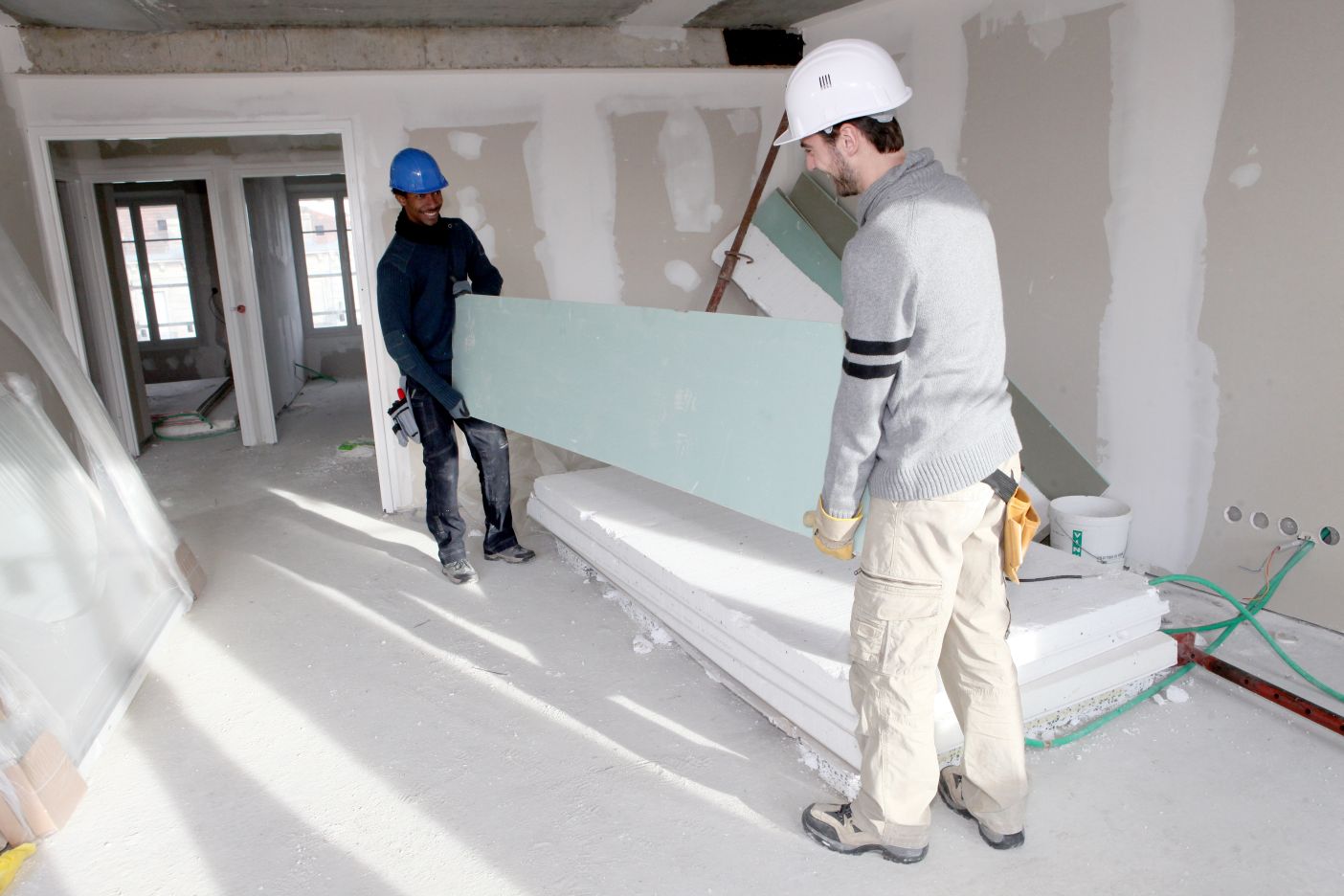What is back blocking in the plastering industry?

The term "back blocking" may be a new one to you. You may have heard it being used by building and plastering industry professionals, but what does it mean?
What is back blocking?
Back blocks are plasterboard off-cuts at least 200mm wide and long enough to fit the space between the framing segments (such as the ceiling battens) to provide support at the plasterboard joins. It is a process used in the plastering industry to minimise the risk of joint cracking or distortion.
Back-blocking is now part of the Australian Building & Construction Code and has been enforced to ensure a higher standard of Gyprock and plasterboard installation. Plasterboard can be supported using back blocks, the pieces of board attached concealed and secured behind the joins, to prevent any downward pressure exerted by upper layers from putting too much strain on plasterboard sheets while they are being installed. The weight of the upper layers is evenly distributed across all plasterboard sheets in one level, which helps prevent cracking or other mistakes from being made during installation. If you find you have questions about back blocking after reading this article, pick up the phone and give the friendly guys at Cairns Plaster Professionals a call on (07) 4243 6090. They are experienced in their field and will be delighted to help you further.
Back-blocking is a crucial safety measure used when installing plasterboard. It prevents any uncontrolled stresses caused by subsequent building movement or abnormal loads, or even tradespeople moving about above the ceilings.
Advantages of using back blocking:
1. Uncontrolled stresses are avoided during installation, preventing cracking or bending.
2. Back blocking ensures even distribution of weight which prevents undue stress on the plasterboard sheet causing it to crack or bow.
3. The use of back blocks allows the screw to bite into the board, meaning it will hold the plasterboard sheet in place rather than rely on one screw or a few screws alone.
4. Lighter sections of plasterboard can be installed using back blocks as the weight is evenly distributed, which means less effort will need to be put into installing each sheet. It can reduce physical strain and help deliver good results more quickly.
5. Back blocking allows for plasterboard to be installed in awkward areas that may not otherwise allow the sheet to be handled without forcing it into a position that could cause cracking or bending of the board.
As you can see, back blocking is not only a crucial step to plasterboard installation but also quite an easy one. With the proper tools and some patience, this technique will soon have your plasterboard walls and ceilings looking better than ever before!
